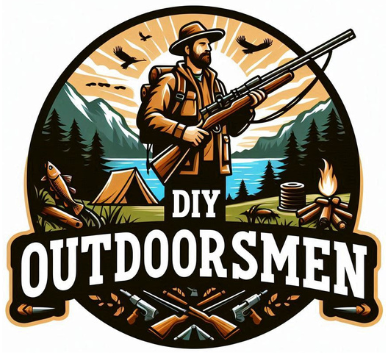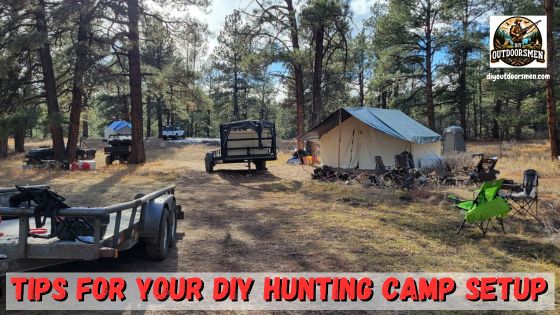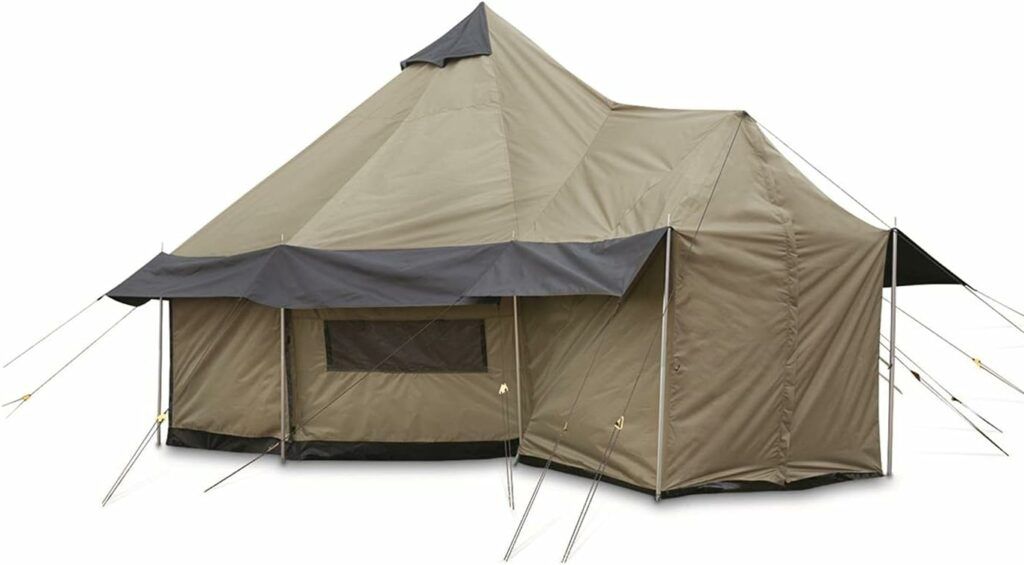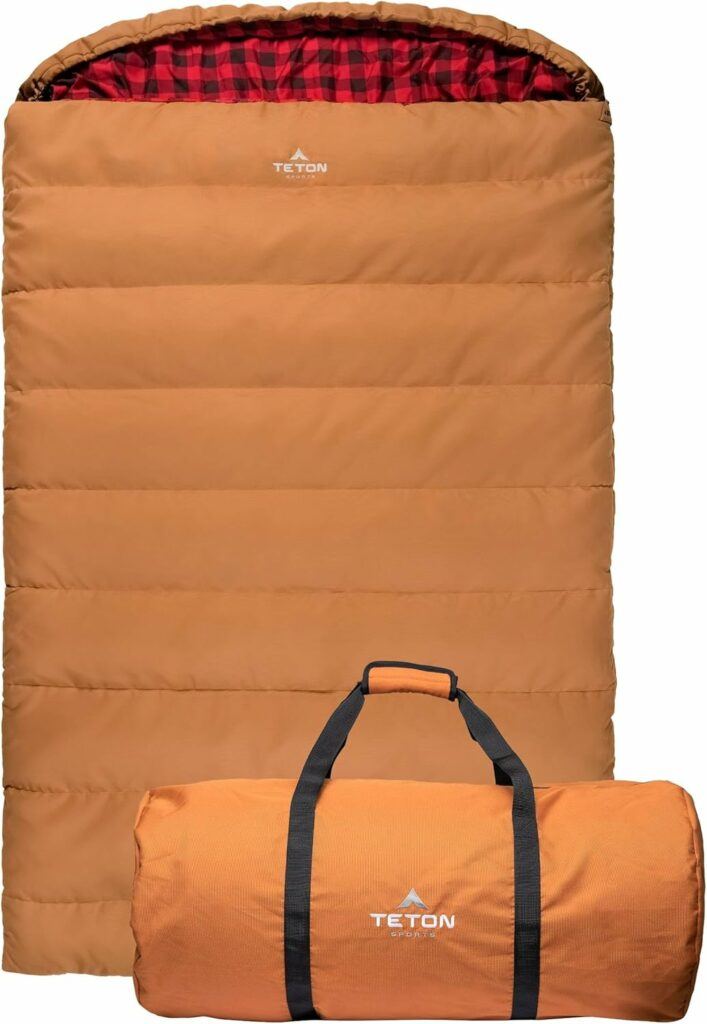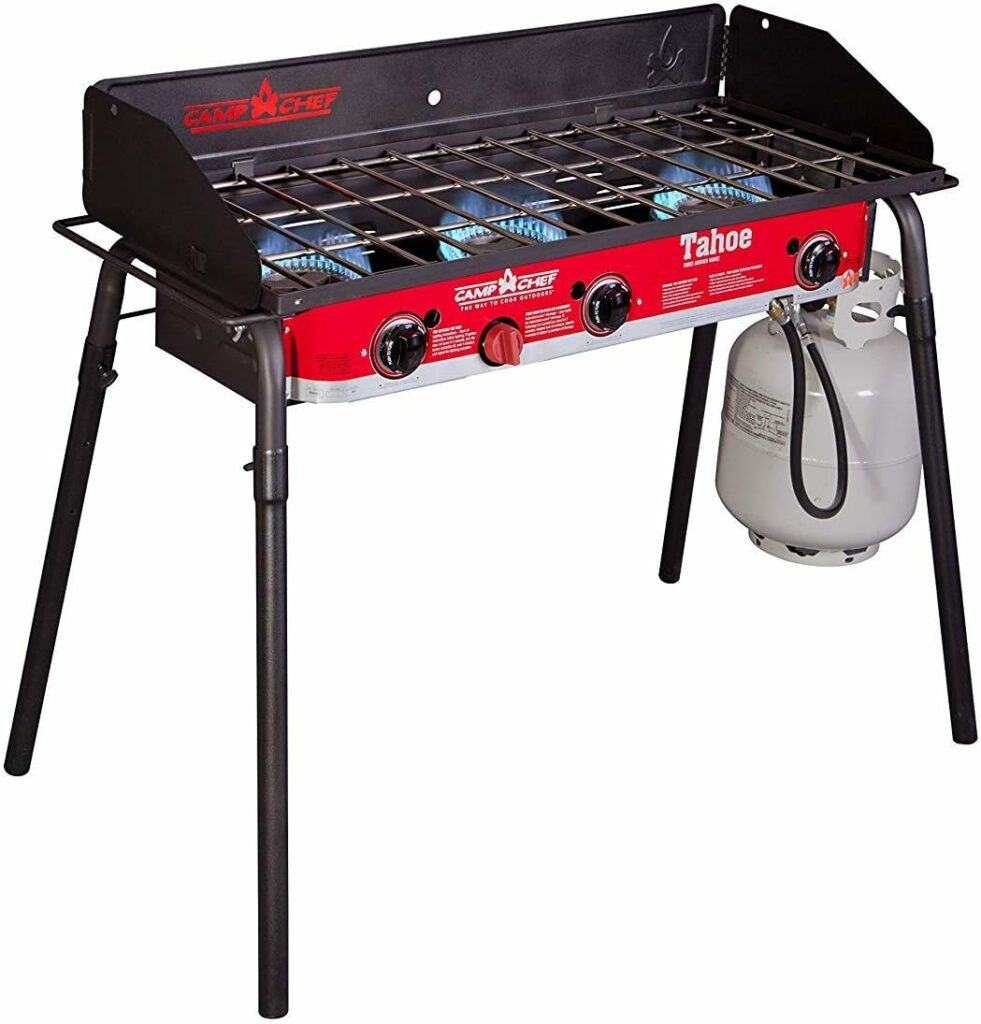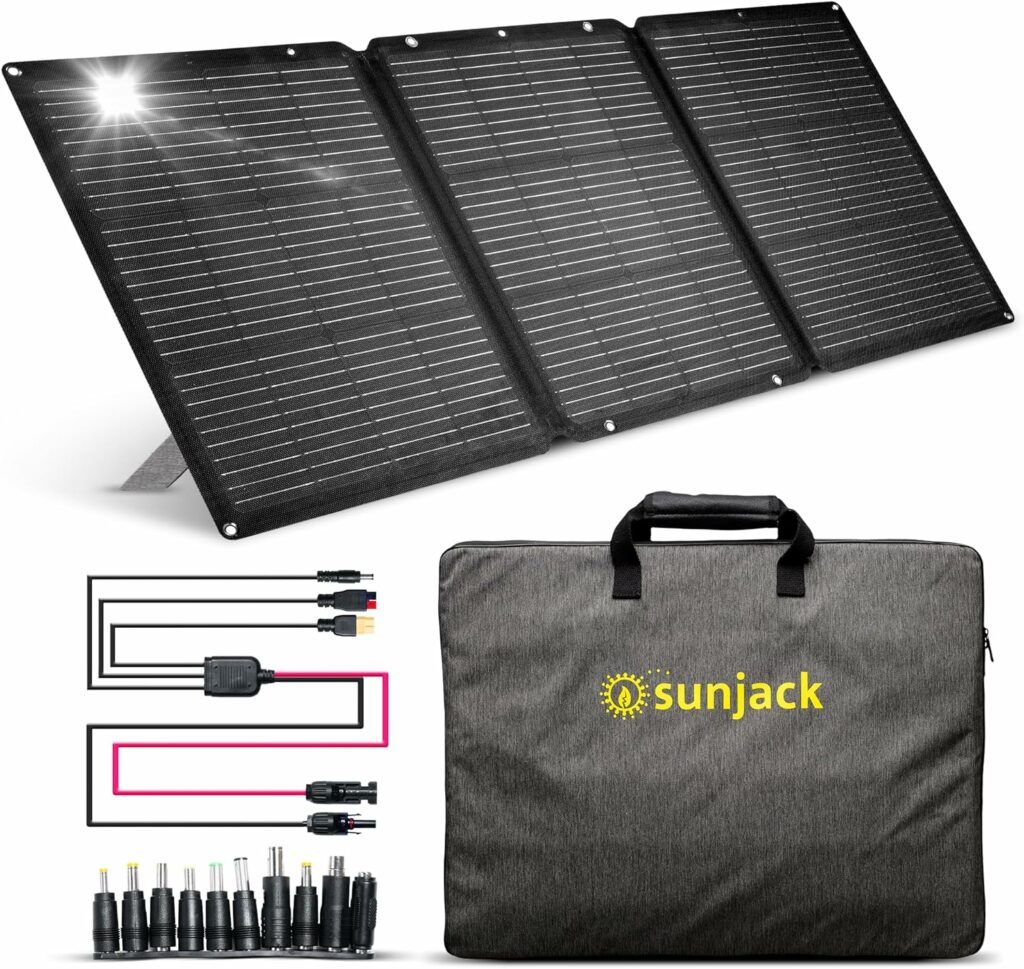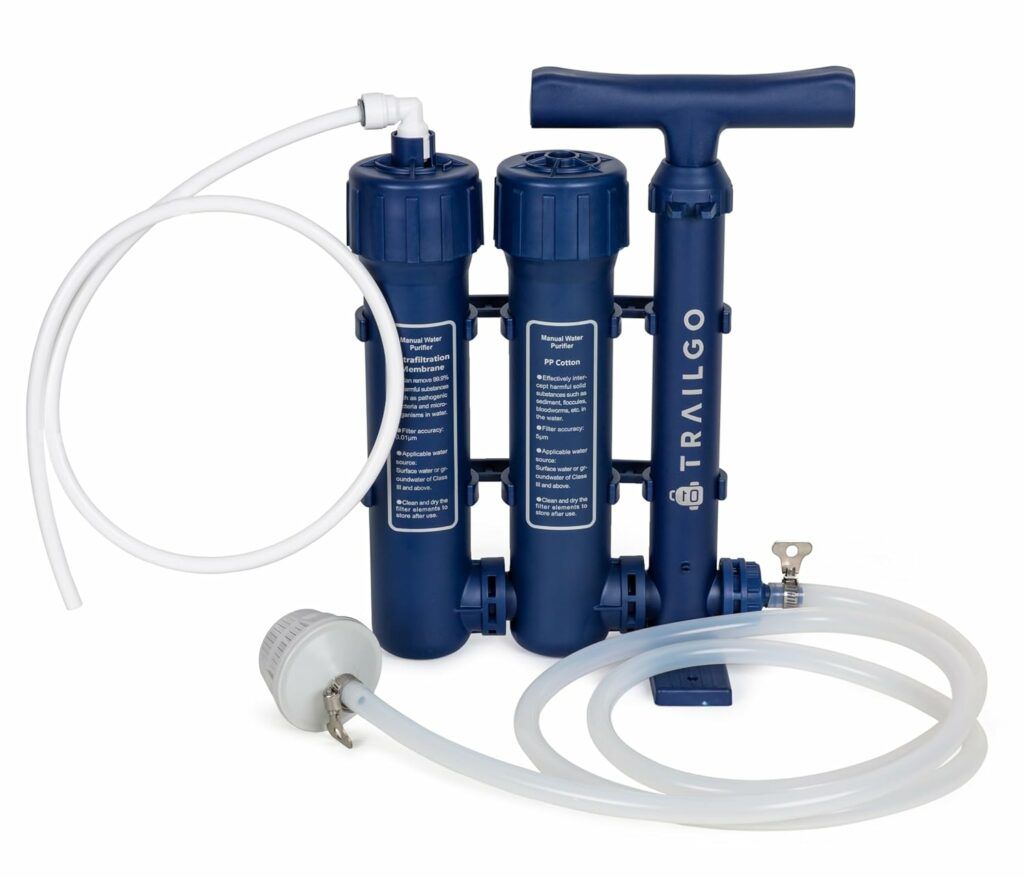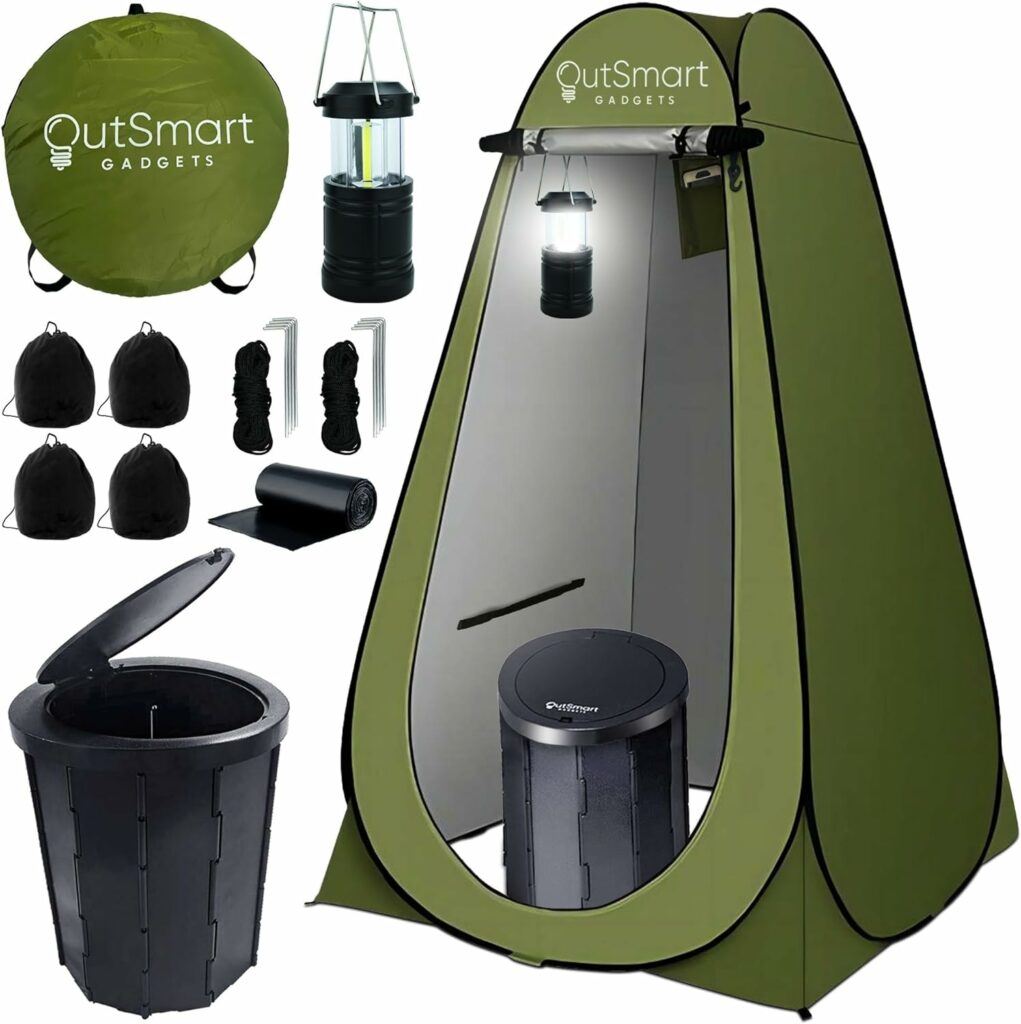Contents
Regarding DIY hunting adventures, your hunting camp setup will be critical for your comfort, safety, convenience, and hopefully your success. Your first order of business is picking the right spot for your hunting camp.
Before you do anything else regarding your hunting camp setup, be sure to check local regulations about camping and hunting. Some areas require permits, while others might have restrictions on campfires or certain hunting methods. Always stay updated, and follow the local rules.
QUICK LOOK:
For a DIY hunting camp setup, you will need to first consider what type of camping you will be doing. Packing it in, or a fully outfitted base camp setup? But, for either, you will need the basics of tents for shelter, sleeping gear, food and cooking utensils, water, and some basic tools. Check with the local authorities for any required permits, fire bans, or camping restrictions, and always leave it cleaner than you found it.
Once you know the rules and regulations, start your hunting camp setup by looking for areas with accessibility – make sure your location is easy to get in and out of, but not so close to civilization that it takes hours to reach your hunting spot. You want a place that balances isolation and accessibility.
You want your hunting camp setup close to your planned hunting areas to minimize travel in and out of the areas. But, you don’t want to set up so close that you disturb the animals and potentially push them out of the area.
This is where your preseason scouting can help as camping sites should be one of your priorities when scouting for hunting areas. Choose a location that’s free from hazards like dead trees that could fall, and areas prone to flooding.
What Type of Hunting Camp Setup?
What kind of camp will it be? A spike camp in the wilderness, or a full-fledged base camp with a cook tent, sleeping tents, and all your gear? Can you drive to your campsite, or will you be packing in on horseback or foot?
There is a big difference in the amount of gear needed for each and this will determine the size of the camping area you will need. Spike camps where you carry everything on your back can be set up in a relatively small area while base camp setups will require room for multiple tents and vehicles.
Whichever type of hunting camp setup you choose, understanding the terrain is key. Flat ground is ideal for setting up tents, while elevated areas can offer protection from flooding and better visibility, but can be more exposed to wind.
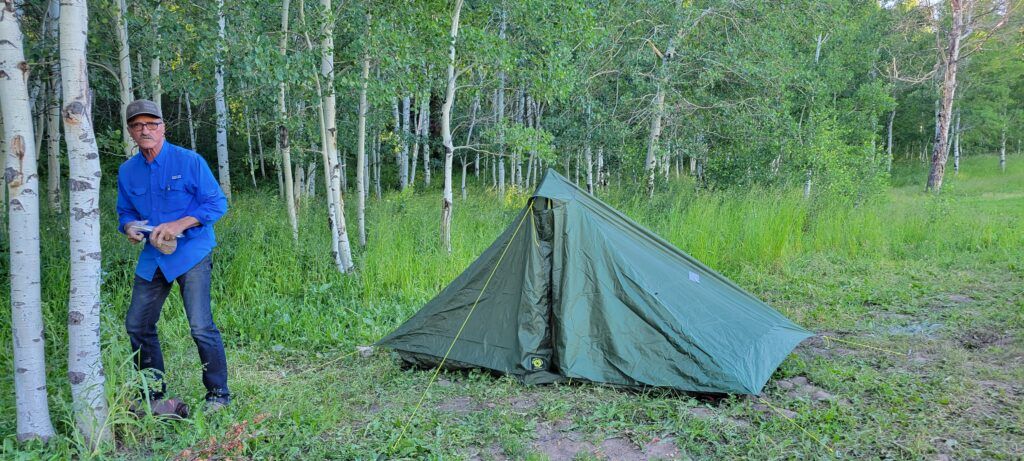
Nearby water sources are a bonus – they’re convenient for drinking, cooking, and cleaning. Filter or purify the water before using it, though. Keep an eye on weather patterns and seasonal changes. Know the kind of weather to expect during your stay and prepare accordingly.
This could mean having waterproof gear, thermal bedding, or sun protection. Seasonal changes might also affect animal behavior, so timing your trip can make a significant difference. Remember you want to plan for the worst and hope for the best. It’s about your comfort, safety, and a successful hunt.
Essential Gear and Supplies for a Self-Sufficient Hunting Camp Setup
A well-prepared camp requires the right gear. Starting with your shelter. A reliable tent that can withstand various weather conditions is a must. Look for options with good ventilation and durability.
Bedding is next. A quality sleeping bag rated for the season’s temperature is essential. You can’t get a good night’s rest if you’re cold. A sleeping pad for comfort and insulation from the ground will go a long way toward keeping you warm. A cot is even better for keeping you up off of the cold hard ground. Trust me, a good night’s sleep makes a huge difference.
Cooking equipment should be versatile and compact. A portable stove, lightweight cookware, and utensils will cover your basic needs. If you will be packing it in on your back, you will need to downsize your cooking equipment even further.
Food and water solutions are vital. For a base camp setup, we typically prepare meals ahead and freeze for ease of preparation during the hunt. We also pack plenty of snacks to carry during the hunt for extra energy between meals.
For spike camps, you can pack non-perishable food items like jerky, nuts, dried fruits, freeze-dried, or MREs (Meals Ready-to-Eat) for dinner. Water, of course, will be extremely important for both preparing your meals and keeping yourself hydrated during the hunt.
Ensure you have a water filtration system or purification tablets to make sure any water you source is safe. Also, be prepared for minor injuries with a well-stocked first-aid kit that includes bandages, antiseptics, pain relievers, and any personal medications. A blister kit can be a lifesaver during long hikes.
Every DIY hunting camp setup needs some basic tools. A hammer for driving tent stakes, a hatchet or axe for chopping wood, pliers, an adjustable wrench, a compact saw, and a sharp knife will all come in handy when camping.
A good multi-tool can be your best friend. It’s compact and can handle everything– from cutting limbs to opening cans. Don’t forget to include some emergency communication devices. A satellite phone or a GPS messenger can keep you connected if cell service fails. A whistle and signal mirror can also be handy for drawing attention if you should find yourself injured or lost.
Strategies for a Minimal-Impact DIY Hunting Camp Setup
Part of the camping experience is sitting around the campfire cooking and telling stories. Practice safe fire management by building your fire pit away from your shelter. Consider the prevailing winds to avoid smoke and embers from blowing into your tents.
Use rocks to surround the pit and keep the fire contained. This minimizes the risk of it spreading and ensures you leave the area as undisturbed as possible. Be sure to drown your campfire completely before you leave and check with the local authorities for any fire bans or restrictions before building a fire.
Practice the ‘leave no trace’ principles. This means burying human waste at least 200 feet from any water source. Again check the local regulations. Can you dig a waste pit and cover it when you leave? Can you “cat hole” your human waste? Or, are you required to carry out all human waste?
Renewable energy sources can keep your camp running smoothly while being kind to the environment. Solar chargers for your electronics and even solar-powered lanterns are practical options. They reduce the need for disposable batteries, propane, or other heavy and costly fuel sources.
Water conservation methods are essential. Use water sparingly for washing utensils, use biodegradable soap, and opt for a small handheld water filter to make local sources safe for drinking.
Bring plenty of trash bags and pack all of your trash out. You brought it in, you can surely carry it back out. Leave your campsite cleaner than you found it. There should be nothing but tracks left when you’re gone.
DIY Hunting Camp Setup Best Practices for Staying Legal and Safe
Knowing and adhering to hunting regulations is a given. Research the specific game laws and licensing requirements for your chosen area well in advance. Carry all necessary permits and have a clear understanding of local hunting seasons, bag limits, and any special camping restrictions.
Wear high-visibility gear to avoid accidents, especially in areas where others may be hunting. Always inform someone of your location and expected return time. A basic survival kit with a whistle, flares, and a compact first-aid kit should be part of your gear.
Also, have an emergency exit plan and know the nearest medical facility just in case. Learn basic first aid and survival skills – knowing how to treat a snake bite or navigate without a GPS could be lifesaving.
Familiarize yourself with the local wildlife, including any dangerous animals or plants you might encounter. Learn some basic navigation skills. While GPS devices and apps are incredibly helpful, always carry a map and compass as backups. Technology can fail, but traditional navigation methods are reliable.
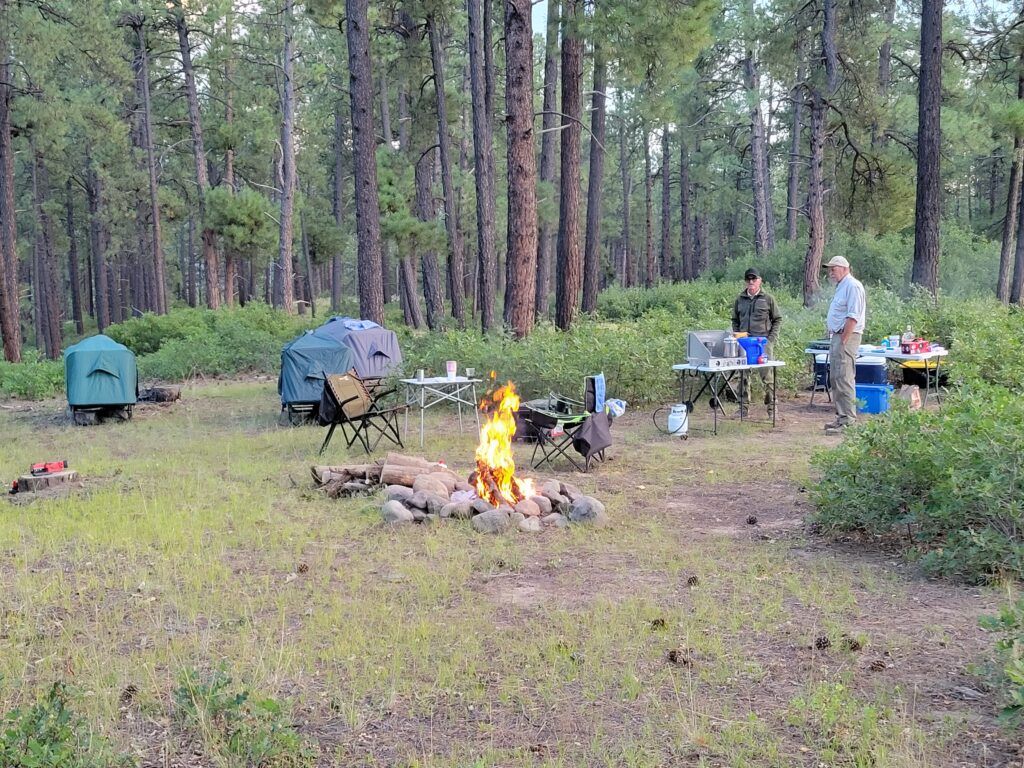
Knowing how to read a map and use a compass ensures you can find your way even if your gadget’s battery dies. And please, only build fires in designated areas or fire rings, and keep them small and manageable.
Never leave a fire unattended and ensure it is completely extinguished before you head out. Also, stay updated on local fire danger levels to avoid accidental wildfires. Enjoy your time camping and keep it clean and safe for those who might use the campsite after you.
As always, stay safe, enjoy the journey and please try to leave it cleaner than you found it. If you have any comments, questions, ideas, or suggestions please leave them in the comment section below and I’ll get back to you ASAP. You can follow us on YouTube: Man Art Creations for videos of our DIY Adventures.
Check Out Our Latest Articles:
- How To Plan A Solo DIY Elk Hunting Adventure In The Mountains
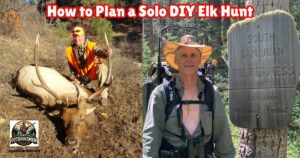
- How To Track Wild Hogs DIY Tips And Techniques
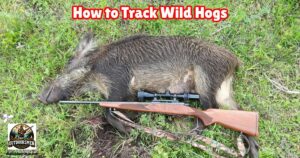
- Bow Vs. Crossbow Hunting: What You Need To Know

- Understanding Deer Behavior To Improve Your Hunt

- Complete Guide On Tracking Game Animals
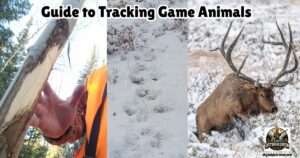
- DIY 4-Step Guide To Field Dressing And Quartering A Deer
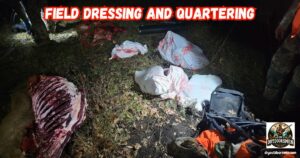
P.S. – Thanks so much for checking out our blog we really appreciate it. Just so you know, we may receive a commission if you click on some of the links that appear on our site. This helps us keep our content free and up-to-date for everyone. We appreciate your support!
